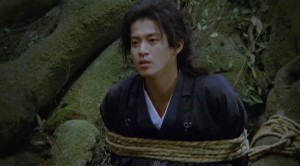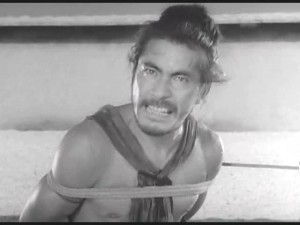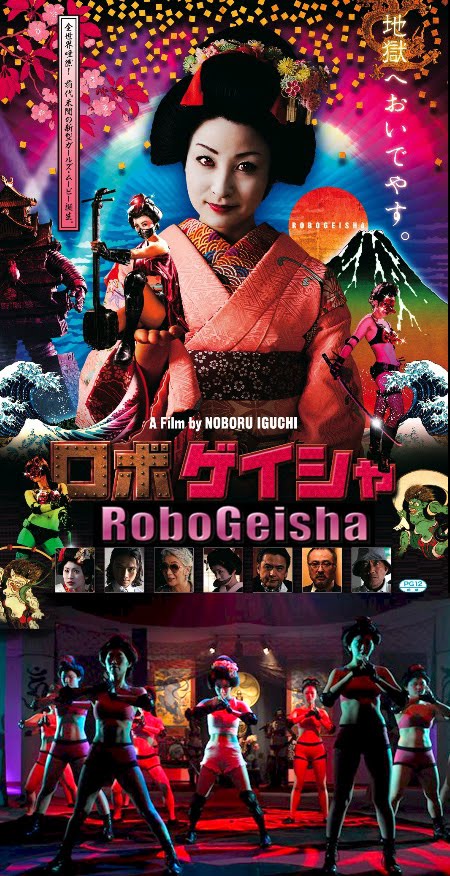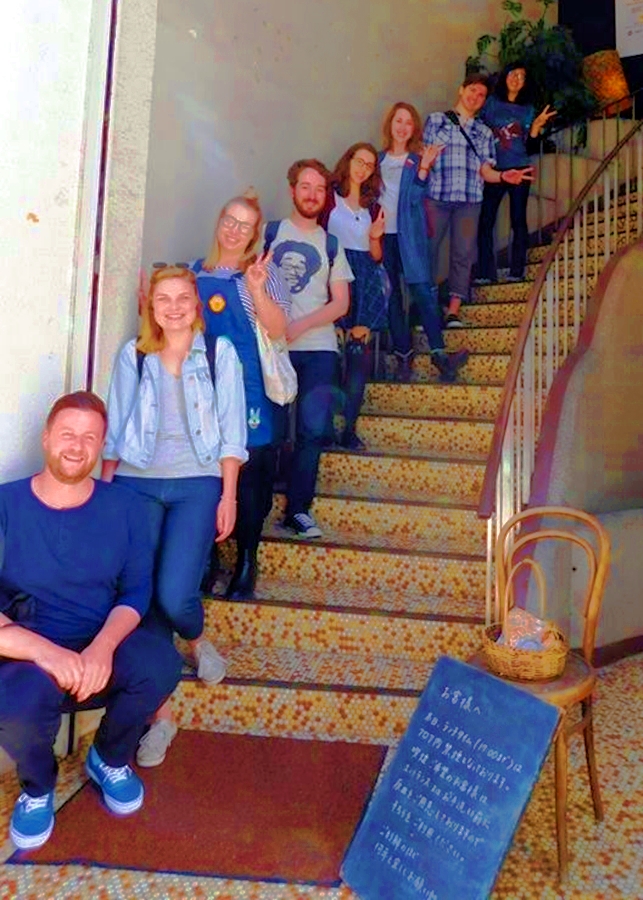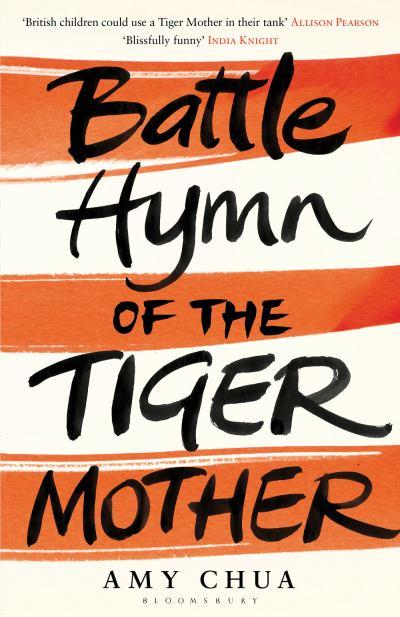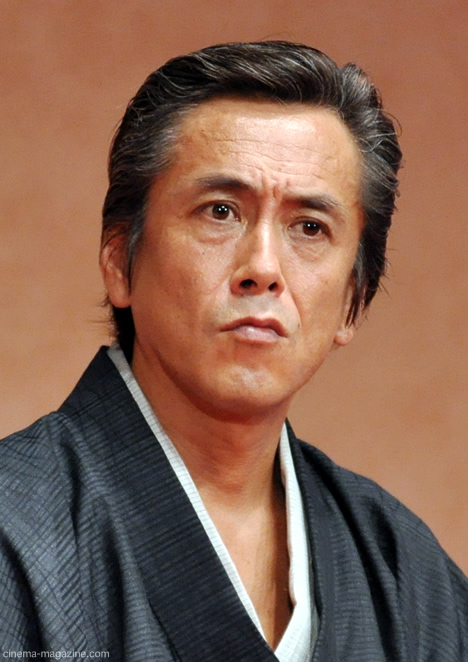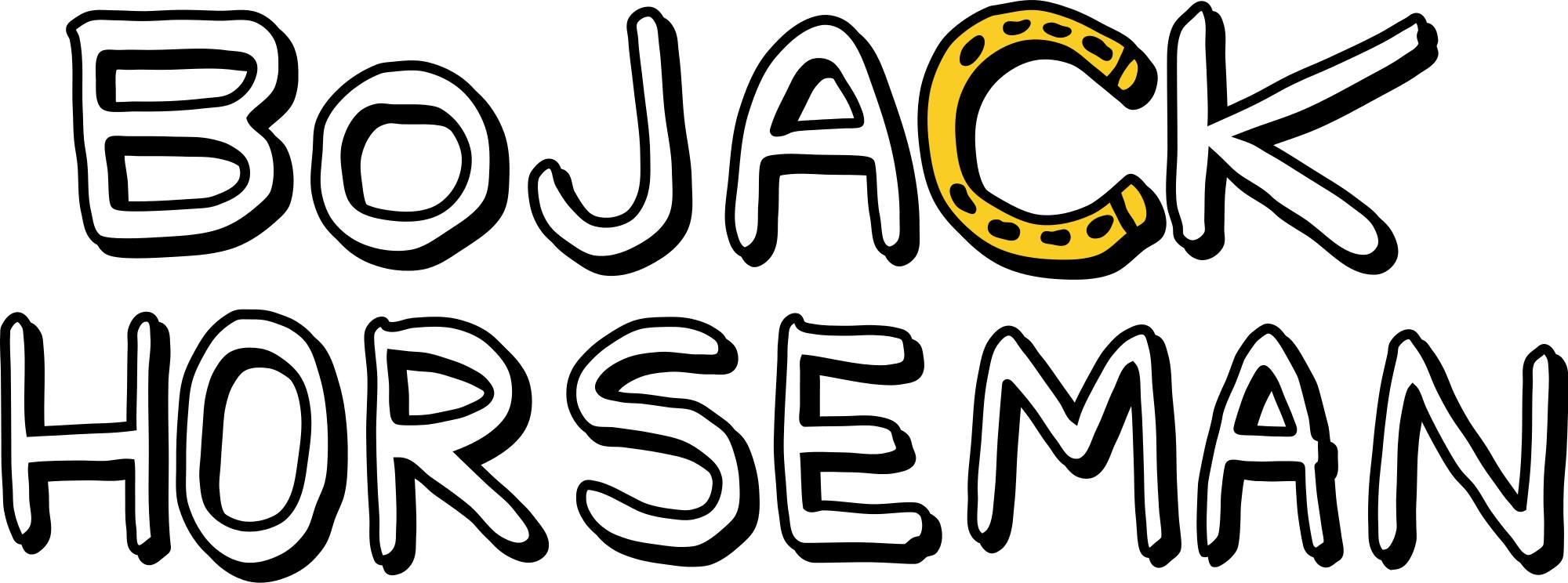I Heart T-Points: Tajomaru
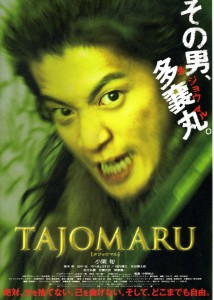 The kendo club at my school was, historically, rather disappointing, despite the majority of our student body coming from a middle school with a very respectable team. For the past two years, they have only had about three active members, and the student with the strongest swordsmanship, who competed at the national level in junior high school, gave up competing in favor of managing the club (which mostly consists of passing out cold beverages). Even three years ago, however, when the club had nearly ten members, “practice†consisted of peeping into the girls changing room with binoculars for thirty minutes, then going home. Imagine my surprise, then, when amongst the new batch of freshman was someone who takes the sport seriously enough to bring her shinai (kendo sword) into TSUTAYA with her en route for home.
The kendo club at my school was, historically, rather disappointing, despite the majority of our student body coming from a middle school with a very respectable team. For the past two years, they have only had about three active members, and the student with the strongest swordsmanship, who competed at the national level in junior high school, gave up competing in favor of managing the club (which mostly consists of passing out cold beverages). Even three years ago, however, when the club had nearly ten members, “practice†consisted of peeping into the girls changing room with binoculars for thirty minutes, then going home. Imagine my surprise, then, when amongst the new batch of freshman was someone who takes the sport seriously enough to bring her shinai (kendo sword) into TSUTAYA with her en route for home.
I bumped into this student in the jidaigeki (period film) section and therefore immediately asked her for a recommendation. Jidaigeki films are typically set in the Edo Period and usually incorporate samurai and swordplay to some extent. This student was literally carrying around a sword, albeit wooden, in a video store while browsing through movies about ninja and samurai; who better to ask for a recommendation?
The answer, in short, is anybody but a fifteen-year-old girl. She was torn between suggesting Goemon, about the legendary Japanese bandit who stole from the rich and gave to poor in true Robin Hood fashion, and Tajomaru, the untold story of the bandit from the famous short story “In a Grove.†According to the student, Goemon overuses special effects and, therefore, the fight scenes and storyline in Tajomaru would be much more interesting. I hate to slander my poor student, especially since it is rare to meet a Japanese person genuinely interested in domestically produced films, but ultimately I was unimpressed with Tajomaru (Nakano Hiroyuki, 2009). However, I think the issue goes deeper than this film in particular.
Compared with other films taking place during the Edo Period, Tajomaru is, as far as I am concerned, a pop jidaigeki. Kurosawa Akira, for example, was famous for making period dramas, and of particular note are those starring Mifune ToshirÅ. His RashÅmon won the prestigious Golden Lion at the Venice Film Festival in 1951, a first for Japan. Seven Samurai is considered one of the greatest films of all time, and without Hidden Fortress, every Star Wars would have been as bad as The Phantom Menace. These films were, perhaps due to the filmmaking technologies available at the time, gritty and realistic. Viewing a Kurosawa film is akin to being transported back in time; that time also being an age where Japanese men (potrayed by Mifune) grew moustaches (potrayed by Mifune’s moustache) strong enough to hold swords on their own. Tajomaru, on the other hand, is littered with some very “pretty†actors that look as if they shave between takes; their faces might just as soon be found on an advertisement for a host club. This is not an overstatement; when a nobleman who kills the bandit Tajomaru usurps his name, sword and joins a group of theives, they immediately give him a makeover. Apparently, being initiated into a marauding gang of bandits is equivalent to attending a junior high school slumber party.
Did I mention that after the makeover, the soundtrack switches to guitar solo compliments of the musical stylings of Jet? Up until this point in the film, Tajomaru is a serious effort by director Nakano Hiroyuki. In spite of the absurd-from-the-get-go prettyboy cast and likewise too-much-like-a-soundstage-to-believable sets, Tajomaru addresses serious issues in the upper classes. However, that all goes out the window when the “new†Tajomaru decides to go on a montage rampage of theivery set to modern rock.
You would think, perhaps, that a film this ridiculous would at least have some over-the-top violence. In the seventies, films such as Lady Snowblood pioneered the blood shower; the idea that getting sliced with a sword or, if you were unlucky, having an entire limb cut off would result in an instantaneous monsoon of blood. Typically, this would drench the attacker a la Kill Bill (which is actually based on Lady Snowblood). Remember, though, that Jet is merely rock, not heavy metal, and blood is unbecoming on very fashionable bandits. Thus, the number of times Tajomaru shows blood on a human being that has been cut down, as opposed to merely on the blade that did the cutting, is once, and that character had to show his blood by default; he was wearing his kimono open in order to display his shaved chest.
In conclusion, Tajomaru never decides what kind of jidaigeki it wants to be. It is too stylized and elegant to be realistic and too silly to be taken seriously. Its only appeal is as a pop period piece; one that appeals to a young female audience that can swoon over the pretty costumes and metrosexual men. There are modern jidaigeki that are good films, however. Castle Under Fiery Skies portrays the plight of craftsmen, as opposed to samurai, in a serious manner that successfully creates a compelling drama. Kamui Gaiden, at the other extreme, uses CGI extensively, yet carefully retains the raw, realistic feel of a Kurosawa period film through costuming, set design and other techniques. Give those a try; leave Tajomaru on the shelf.
Thanks for watching (something else)!

